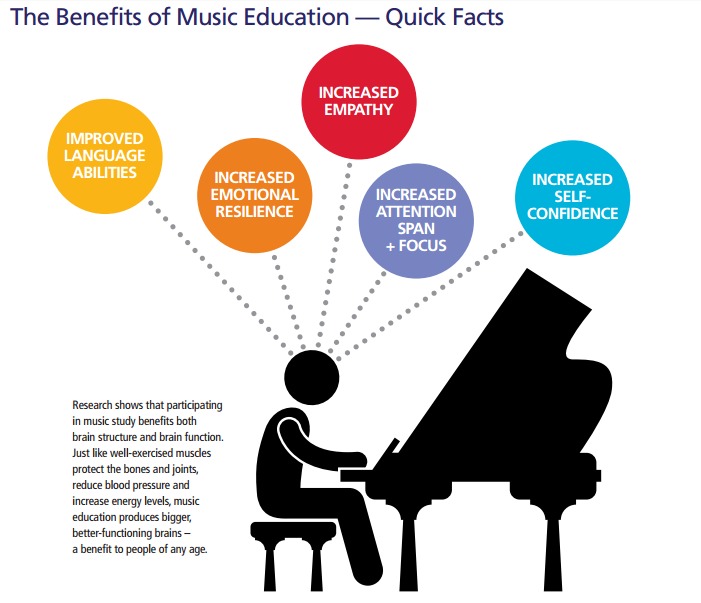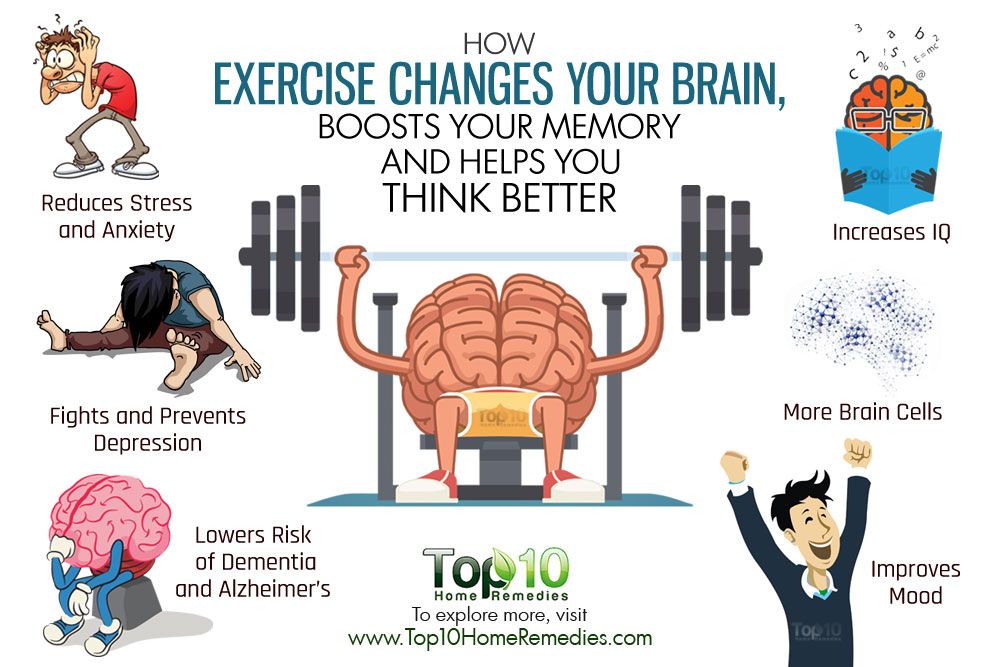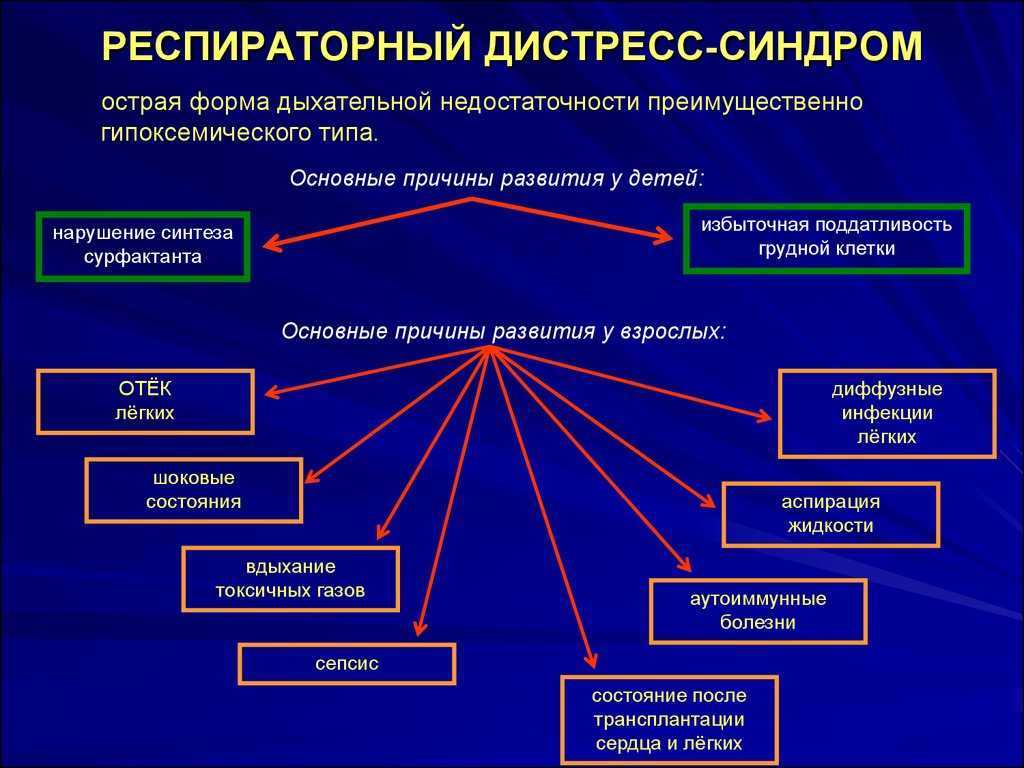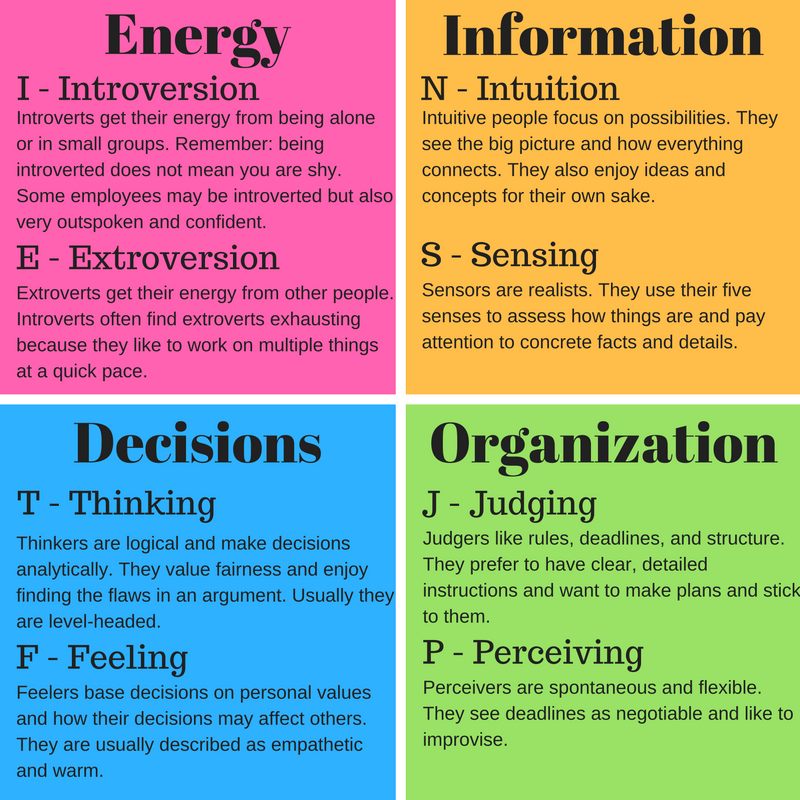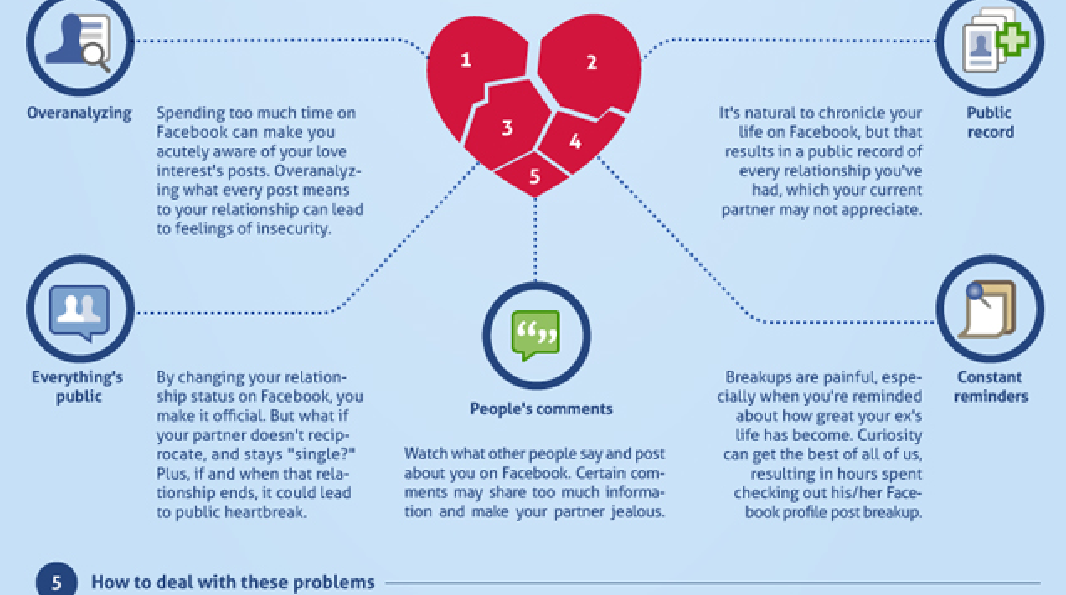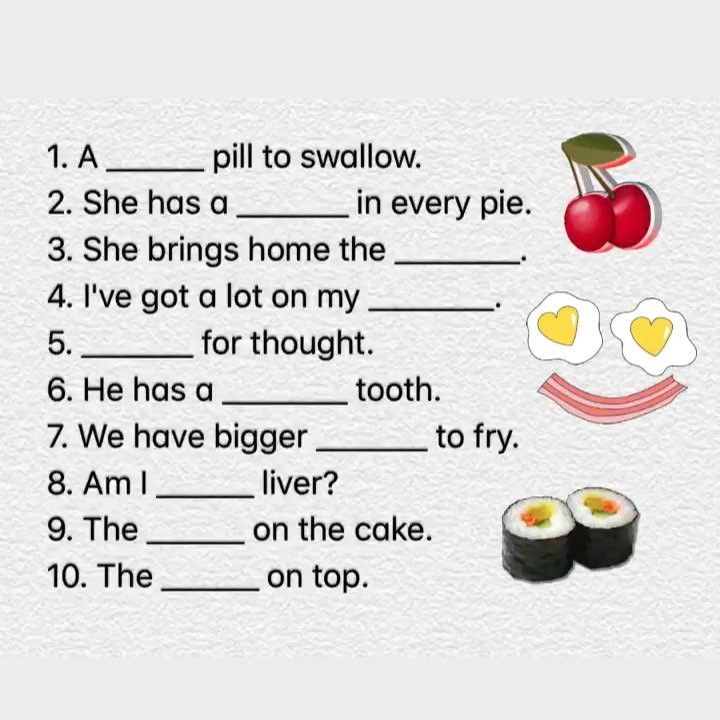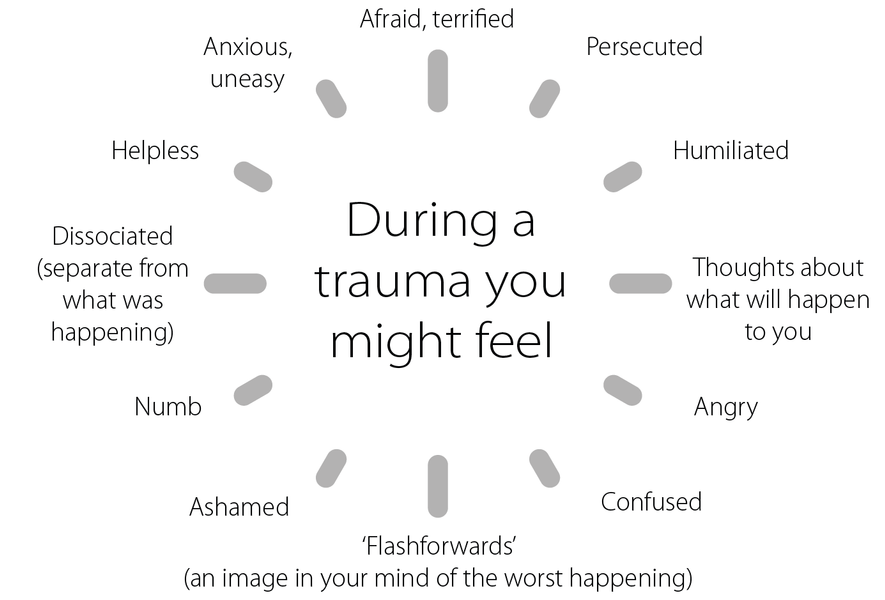Benefits of human touch
The 3 Biggest Advantages of Human Touch May Surprise You
These 3 Advantages of Hugs, Pats, or Intimacy May Surprise YouHave you ever wondered why holding hands, a hug, or cuddles can feel so good? There are a variety of benefits to human touch, from social bonding to boosting the immune system. Below, we’ll be taking a look at why we enjoy human contact and how it is part of a healthy life.
1
Browse our network of top therapist to find one that matches your needs.
2
Get private and secure emotional support weekly from your dedicated therapist.
3
Experience comprehensive care with unlimited access to your care team and primary care physician.
Physical contact is a basic human need with emotional, mental, and physical benefits. From the moment of birth, babies need to cling, suckle, and rest on caregivers. This practice forms the bonds at the heart of our familial social structure and is a key tool of survival.
Even as we age, touch remains a critical component of our social and emotional growth. One study found that students are three times as likely to speak up in class after their teacher pats them in a friendly manner.
It's not only humans that need touch. Primates often pick at each other's fur throughout the day. It has been observed that the gelada baboon grooms for about 17 percent of its waking hours. Among the various reasons why primates touch each other is the need to ease tensions in social settings.
The release of the hormone oxytocin is another benefit of physical touch. oxytocin helps humans form emotional connection to one another and creates sensations that foster a sense of well-being and happiness. Even if we aren't bonding with babies, adults can still benefit from the various rewards of an oxytocin release with friends, partners, or even animals.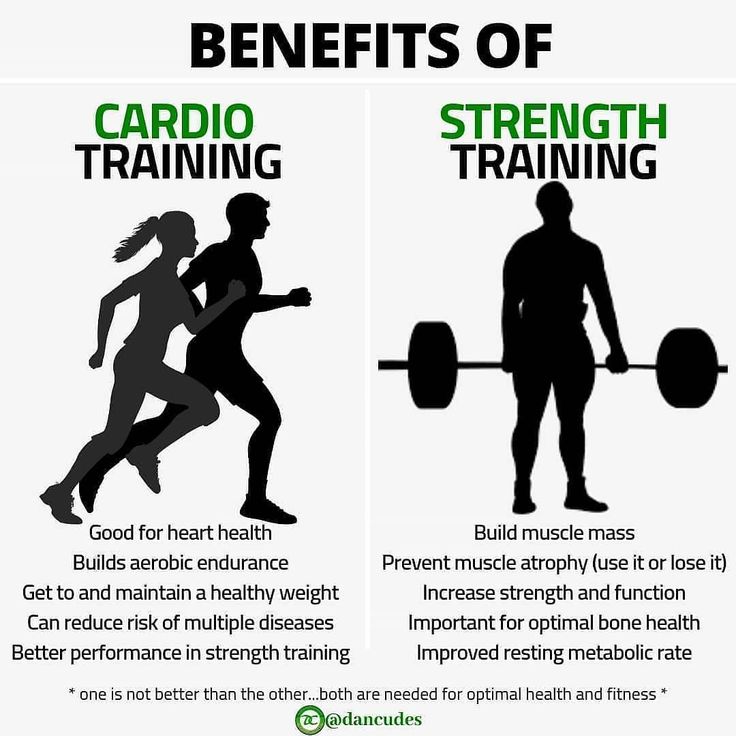
Read: How to Deal With Anxiety
3 Positive Health Manifestations from TouchWhy is human touch so powerful? The benefits of physical touch, and the biological stimulation that comes with it, go beyond social bonding and can manifest positively in your mental and physical health.
Here are some major ways hugs and hand holding can increase your happiness and longevity.
Inspire positive thinking and expand trustKnown as the "feel good" hormone, oxytocin helps inspire positive thinking and an optimistic outlook on the world. Oxytocin also generates feelings of compassion during interactions. This can contribute to an expansion of trust among individuals during social situations.
Reduce social anxiety and stressPhysical touch increases levels of dopamine and serotonin, two neurotransmitters that help regulate your mood and relieve stress and anxiety. Dopamine is also known to regulate the pleasure center in your brain that can offset feelings of anxiety.
Dopamine is also known to regulate the pleasure center in your brain that can offset feelings of anxiety.
One study on breast cancer patients found that massage therapy in the form of stroking, stretching, and squeezing relaxed participants and increased dopamine and serotonin levels.
From the study, “The immediate massage therapy effects included reduced anxiety, depressed mood, and anger. The longer term massage effects included reduced depression and hostility and increased urinary dopamine, serotonin values, NK cell number, and lymphocytes.”
Boost immune system and lower blood pressurePhysical touch is known to improve the function of your immune system as well as reduce diseases such as those associated with the heart and blood. One study on women found that receiving more hugs from their partners led to lower heart rates and blood pressure.
Read: Signs of Depression
Ways to Get Your Physical Touch BoostYou don't have to get hugs and cuddles exclusively from a significant other.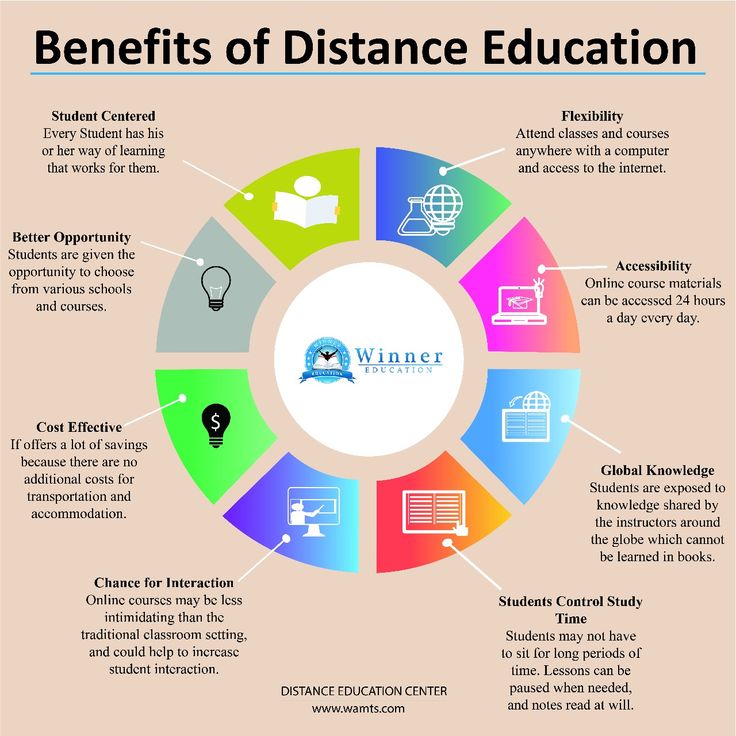 Hugs from your family, friends, or pets can feel satisfying and invoke the release of oxytocin. It also important to be aware of how much physical contact another person is comfortable with.
Hugs from your family, friends, or pets can feel satisfying and invoke the release of oxytocin. It also important to be aware of how much physical contact another person is comfortable with.
Physical contact is a key component to emotional, mental, and physical well-being. However, sometimes we need more than a hug. If you’re struggling with anxiety, depression, or other mental health challenges, you may benefit from online therapy.
PlushCare is proud to offer online therapy services. Our platform makes it easy for you to schedule a virtual appointment with one of our licensed therapists that you can attend from the comfort of your own home.
Taking the first step is always the hardest. Just click here to set up your first session and receive half off your first month of therapy.
Depression TestBefore you go, check in on your mental health with our depression test below.
[qsm quiz=7]
Read MoreGet Your Antidepressants Online
High Functioning Depression
How to Relieve Stress
Sources:
PlushCare is dedicated to providing you with accurate and trustworthy health information.
pubmed.ncbi.nlm.nih.gov. More frequent partner hugs and higher oxytocin levels are linked to lower blood pressure and heart rate in premenopausal women. Accessed on December 19, 2020 at https://pubmed.ncbi.nlm.nih.gov/15740822/
Journal of Psychosomatic Research. Breast cancer patients have improved immune and neuroendocrine functions following massage therapy. Accessed on December 19, 2020 at https://www.
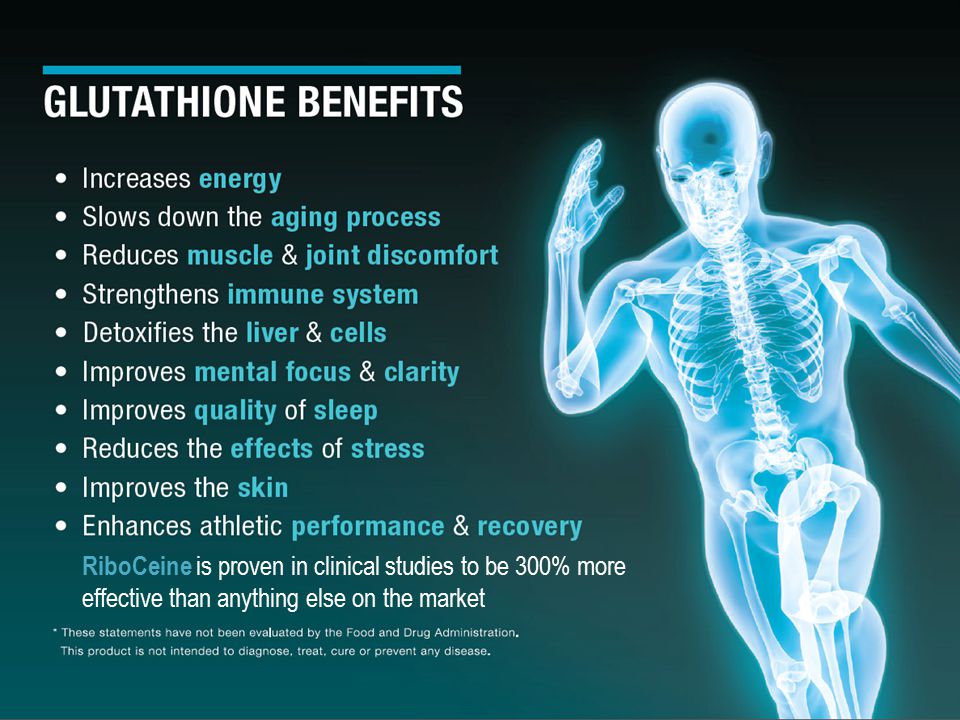 sciencedirect.com/science/article/abs/pii/S0022399903005002
sciencedirect.com/science/article/abs/pii/S0022399903005002Social Psychology of Education 7. Nonverbal encouragement of participation in a course: the effect of touching. Accessed on December 19, 2020 at http://www.communicationcache.com/uploads/1/0/8/8/10887248/effect
Benefits of Human Touch: What is the impact on our health?
Open navigation
Benefits of Human Touch: What is the impact on our health?
Can a little human touch bring about health benefits? We find out.
Karen Burge
August 2019
Whether it’s a warm hug on a cold day, a hand squeeze when your nerves run high or a pat on the back for a job well done, a little human touch can go a long way in making us feel good.
Touch can convey a whole range of emotions – reassurance, empathy, comfort, love, compassion and sadness. And we can identify different emotions through touch as effectively as we do via facial cues, says clinical psychologist Amanda Gordon.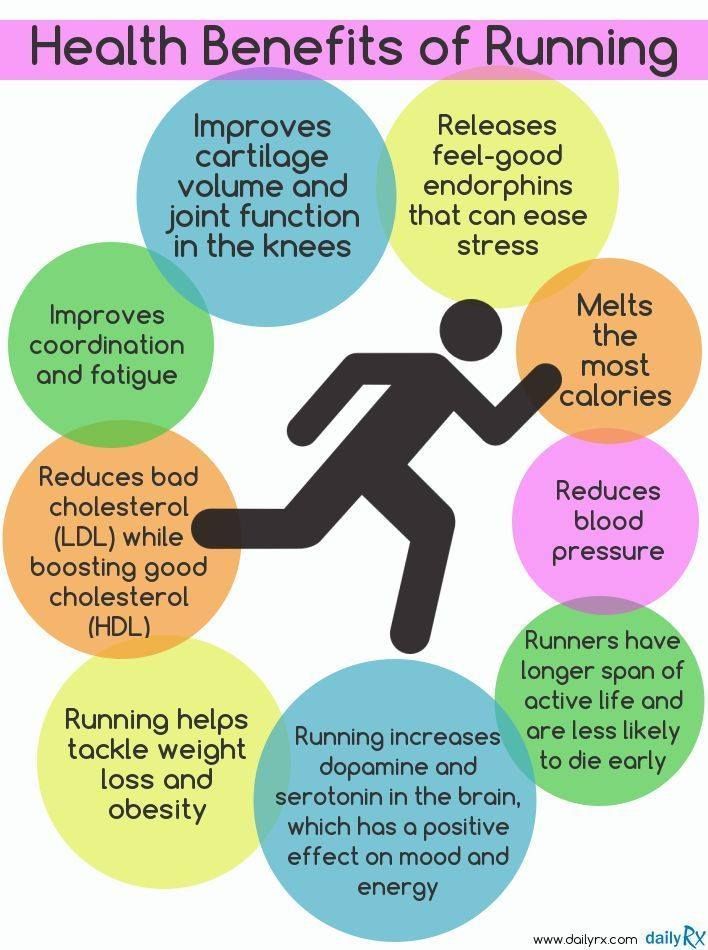
It’s a sense that makes us feel connected physically and emotionally and boosts our wellbeing. Research shows it can benefit our overall health too.
How does human touch work?
‘There are various chemicals that are stimulated by physical touch, both in the giver and receiver – the feel-good chemical oxytocin is one of those chemicals,’ Gordon explains. ‘We have receptors in our skin that go to the brain.’
When touch is given appropriately, the benefits affect everyone from newborns and new mums to the elderly and isolated.
Newborn development: Skin-to-skin contact
We know for babies, skin-to-skin contact is essential for physical and psychological development. Research published in the journal Biological Psychiatry shows the benefits of human touch as a newborn are measurable even 10 years after birth.
In this study, 73 premature babies were given maternal skin-to-skin contact and were compared to 73 babies who received incubator care. After repeated testing, from aged 6 months to 10 years, those in the skin-to-skin group were found to have greater cognitive skills. At 10 years of age, these children also had better sleep patterns, physical responses to stress, more advanced autonomic nervous systems and better cognitive control.
After repeated testing, from aged 6 months to 10 years, those in the skin-to-skin group were found to have greater cognitive skills. At 10 years of age, these children also had better sleep patterns, physical responses to stress, more advanced autonomic nervous systems and better cognitive control.
Gordon says the release of oxytocin triggered by touch is an important chemical for mums as well as newborns. It has been shown that parent/child infant massages lifted low moods in new mums with postnatal depression and helped them connect with their babies.
Healing hugs for health and wellbeing
Regular hugs can also have a big impact on our health and wellbeing. One study showed frequent hugs between partners were associated with lower blood pressure and heart rates, and higher oxytocin levels in premenopausal women. The study also found those who hugged more often enjoyed better physical and psychological health, improved relationships and were better able to handle conflict.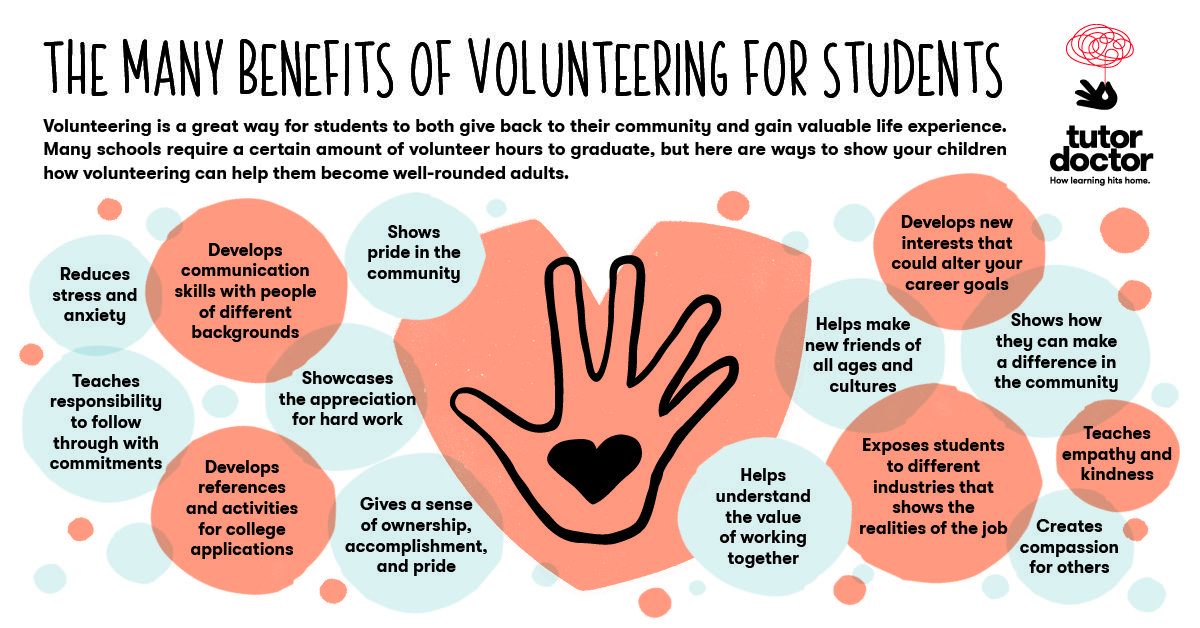
Bonding through human touch
The benefits of human touch extend to making us feel more connected and socially accepted too. In one study, a group of NBA basketball players actually did better when they performed bonding gestures, such as back-slapping, bumping chests and exchanging high-fives on court. Researchers say this demonstrates the power of touch in communicating cooperation and trust.
Soothing and lowering stress
Experts know that touch can soothe and lower stress in babies, a rub on the back can lull children to sleep, hugs can make kids feel safe and accepted, and hand-holding can help in times of distress. This soothing effect has also been shown to help in aged-care settings.
Gordon points to one study in which people with dementia were given dolls to hold and stroke, to help soothe their agitation.
‘I would assume touch is playing that role, because there are receptors in the skin of our hands for [those] who give as well as receive,’ she says.
‘Older people who are isolated, have been widowed or lost their partner, run the risk of being deprived of touch, and I’m sure that’s connected with a level of depression and anxiety.’
Gordon also reminds us of the benefits of touch when someone is at the end of life. ‘We are drawn to taking their hand and holding it, stroking it, and we know that, even though they may not appear receptive, it is likely to give some good to the receiver as well as the give.’
How to get your dose of human touch
If you don’t have access to regular hugs, there are other ways to get its feel-good benefits:
- patting a furry friend has been found to release “happy hormones” oxytocin and serotonin
- make the most of small gestures of connectedness with friends, teammates and people you come across in daily life
- massage therapy is a great way to unwind.
If you feel disconnected and are lacking human touch, reach out to a professional, such as a GP you can refer you to a psychologist, to talk through your feelings.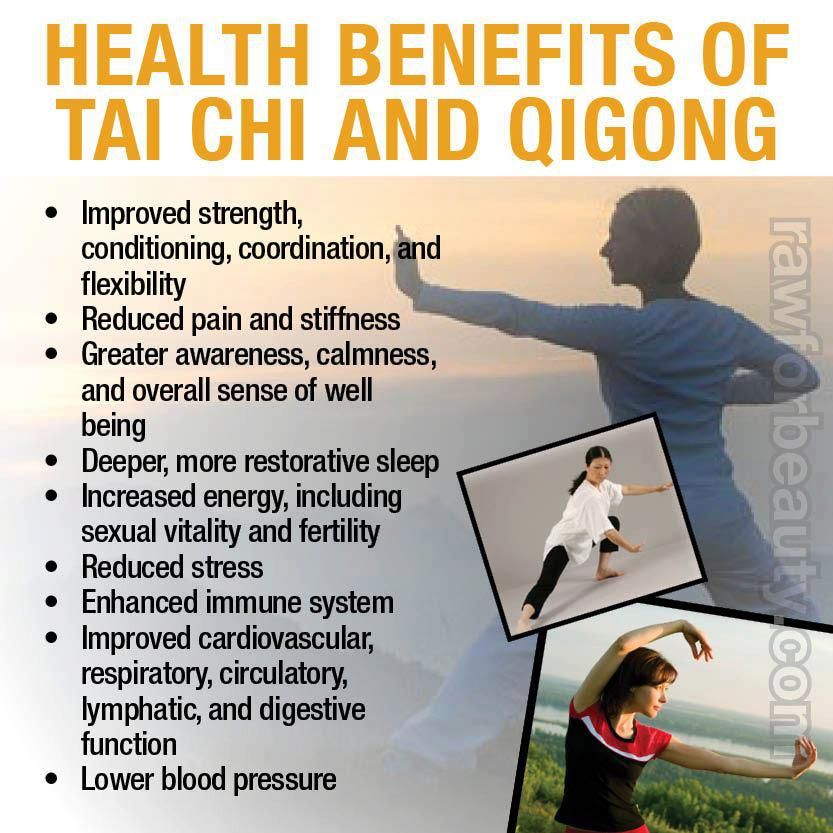 If you require urgent mental health support and emotional assistance, call Lifeline on 13 11 14.
If you require urgent mental health support and emotional assistance, call Lifeline on 13 11 14.
- Stress
- Depression
- Anxiety
CAN GARDENING REDUCE YOUR STRESS LEVELS?
Having a green thumb can benefit your mental and physical health.
Learn more
7 WAYS TO GET OUT OF YOUR COMFORT ZONE THIS WEEK
Feel like you’re stuck in a rut? It might be time to break out of your routine.
Learn more
WEEKEND REBOOT: STAYING HEALTHY IN YOUR DOWNTIME
Tips for less booze and more bounce on your weekends.
Learn more
7 REASONS YOU SHOULD EXERCISE (THAT HAVE NOTHING TO DO WITH FITNESS)
Exercise doesn’t just keep you trim, it enhances your wellbeing from head to toe. Here’s how.
Learn more
IMPORTANT INFORMATION
This communication contains information which is copyright to The Hospitals Contribution Fund of Australia Limited (HCF). It should not be copied, disclosed or distributed without the authority of HCF. Except as required by law, HCF does not represent, warrant and/or guarantee that this communication is free from errors, virus, interception or interference. All reasonable efforts have been taken to ensure the accuracy of material contained on this website. It’s not intended that this website be comprehensive or render advice. HCF members should rely on authoritative advice they seek from qualified practitioners in the health and medical fields as the information provided on this website is general information only and may not be suitable to individual circumstances or health needs. Please check with your health professional before making any dietary, medical or other health decisions as a result of reading this website.
It should not be copied, disclosed or distributed without the authority of HCF. Except as required by law, HCF does not represent, warrant and/or guarantee that this communication is free from errors, virus, interception or interference. All reasonable efforts have been taken to ensure the accuracy of material contained on this website. It’s not intended that this website be comprehensive or render advice. HCF members should rely on authoritative advice they seek from qualified practitioners in the health and medical fields as the information provided on this website is general information only and may not be suitable to individual circumstances or health needs. Please check with your health professional before making any dietary, medical or other health decisions as a result of reading this website.
Close
In progress
Submitting your booking now
Thanks for submitting your booking
We will be in touch soon
Sorry, something went wrong.
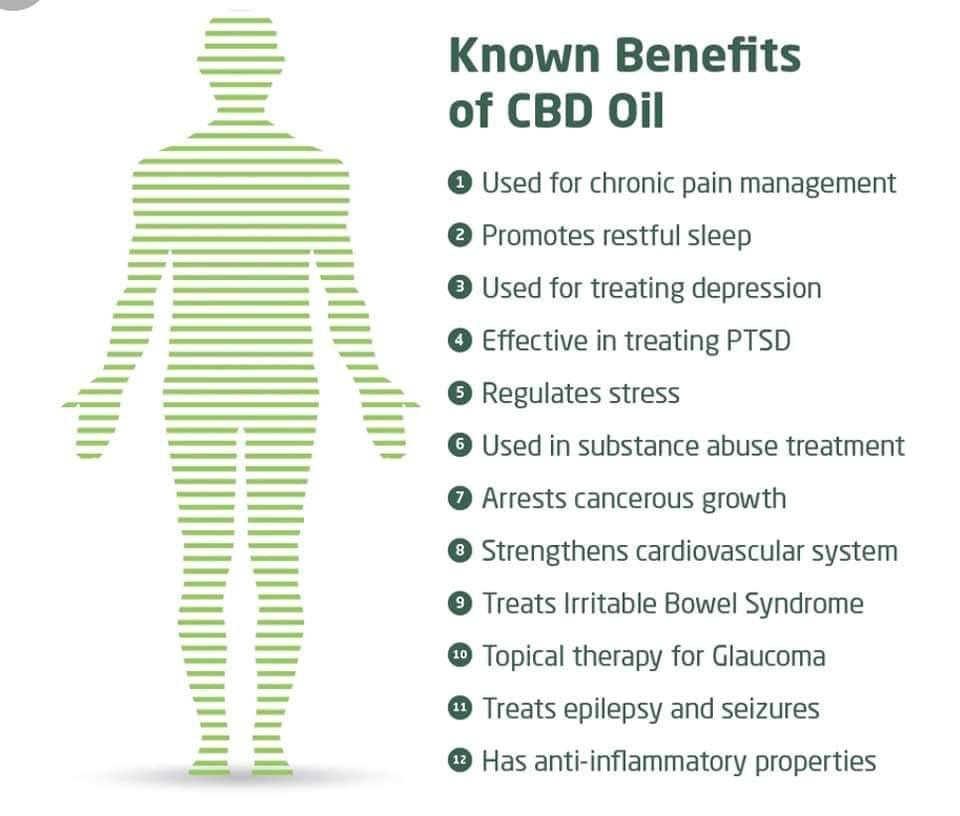
Please try again later.
Close
Sorry, something went wrong.
Please try again later.
Middleman build # (branch: )
Touching digital - Offtop on vc.ru
How to combine digital technologies with biochemistry and create a new experience in human life
1178 views
Now more than ever we miss human warmth and touch. My name is Nika Lukina and I'm sitting in self-isolation in St. Petersburg, trying to figure out what I'm missing and why tactility is so important. How well-known brands achieve the necessary emotions with the help of digital, which are so necessary now.
About the problem that existed before the pandemic
We are now at the point where digital transformation is taking place right here and now. Processes have greatly accelerated and what used to be considered the “Big Problem” is now a necessity for the survival of the business.
Digital transformation came as a given to companies that were not created as digital and did not expect such a global upheaval. Some of them have become services themselves, some add digital services to the overall business model. These are banks, taxis, telecoms, retail and many others. Even sole proprietors must integrate digital tools into their work, for example, in accounting.
Service competition has become dominant over product competition, today it is increasingly difficult to find a product that is not part of a digital service or whose consumption is not digitized. As a result, customer service now includes not only direct services, but also a convenient application, chat with the support service, and so on.
All of these companies face the same challenges in adopting new digital technologies. These are problems at all levels: from integrating core systems for internal processes to developing websites and managing advertising activities. To one degree or another, every company has pains associated with this.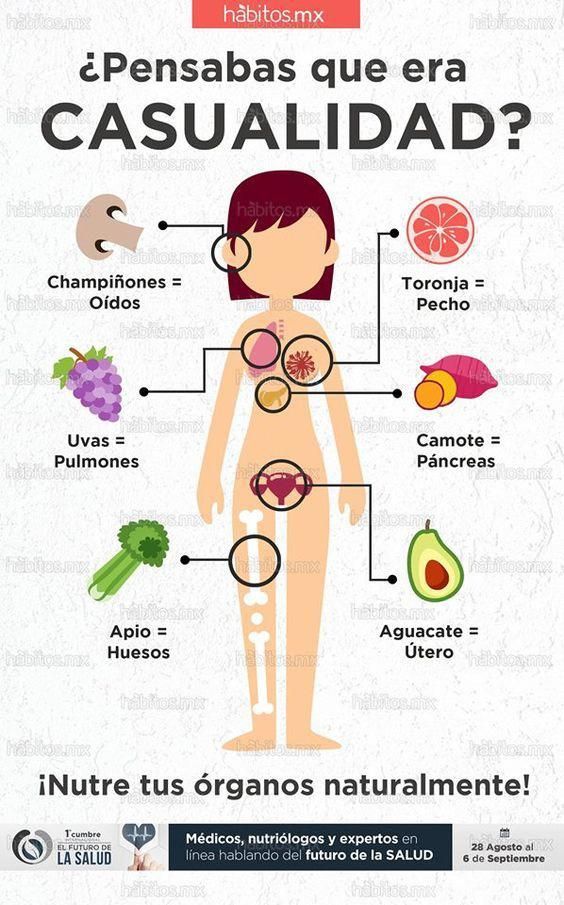 And the appropriate expertise that would help to cope with these problems is not enough within the company.
And the appropriate expertise that would help to cope with these problems is not enough within the company.
What does the man have to do with it?
Using Big Data, you can analyze where potential customers spend their time and create dynamic maps that show "hot zones" with the target audience. This is necessary in order to choose the location of both offline points of sale and outdoor advertising where it will be definitely noticed. Big Data helps shape the product itself, the way users want it to be. Big data analysis turns an anonymous array into a live audience, with vivid emotions, diverse personalities, habits and attachments.
The modern practice of creating a human-oriented digital product is reminiscent of radical behaviorism in psychology. There is a signal, there is a reaction - action or emotion. Practices such as Design Thinking or Jobs To Be Done even help define the prerequisites for behavior. But here is what is almost always forgotten: about physiology or biochemistry.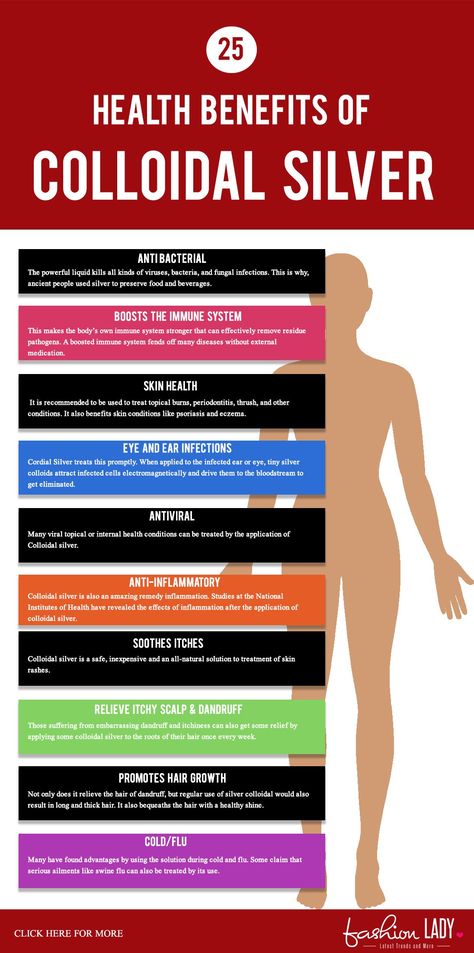 It plays an important role in the birth of our emotions.
It plays an important role in the birth of our emotions.
Tactility, digital and hormones
Several products have already appeared at the intersection of digital and physical aspects. As usual, the trendsetter is Apple (who have patented tactile sensations when pressed): the Taptic Engine sensor is integrated into watches and smartphones, which “understands” the degree of pressure on the screen and gives tactile feedback to the user, the MacBook is equipped with an unusual “butterfly” pressing mechanism, which gives a pleasant typing experience and so on.
A product such as IQOS also has vibration - it simulates lighting at the beginning of use and gives a signal that it's time to stop. These little things are not of particular practical use, but they give the client the opportunity to get pure emotion literally at their fingertips. A soulless object acquires character and individuality.
Digital products themselves are also changing, from operating systems to music album covers. Previously, skeuomorphism (visual imitation of real objects) was needed so that users would not get lost and see familiar things. Today, it has been abandoned and only those elements that are strongly tied to physical returns have been left. Mobile OS interfaces almost imperceptibly hook us on a physical level with vibrations or shadows to simulate depth, creating a sense of real touch.
Previously, skeuomorphism (visual imitation of real objects) was needed so that users would not get lost and see familiar things. Today, it has been abandoned and only those elements that are strongly tied to physical returns have been left. Mobile OS interfaces almost imperceptibly hook us on a physical level with vibrations or shadows to simulate depth, creating a sense of real touch.
Emotions and their cause, hidden in our physiology, is a new niche for creating a competitive advantage in demand management. And while it is relatively free, although in addition to Apple technologies, things are already appearing that imitate physical interaction or the perception of the physical in a digital way - this is both material design and Yandex Music covers.
Impression is the strongest tool in which physics works for a brand or service. Fixing objects in memory occurs as a result of physical acquaintance with it. So Apple long ago abandoned the “Design” tab on the site for new iPhone models in order to send users to offline stores and provoke them to hold the new model in their hands.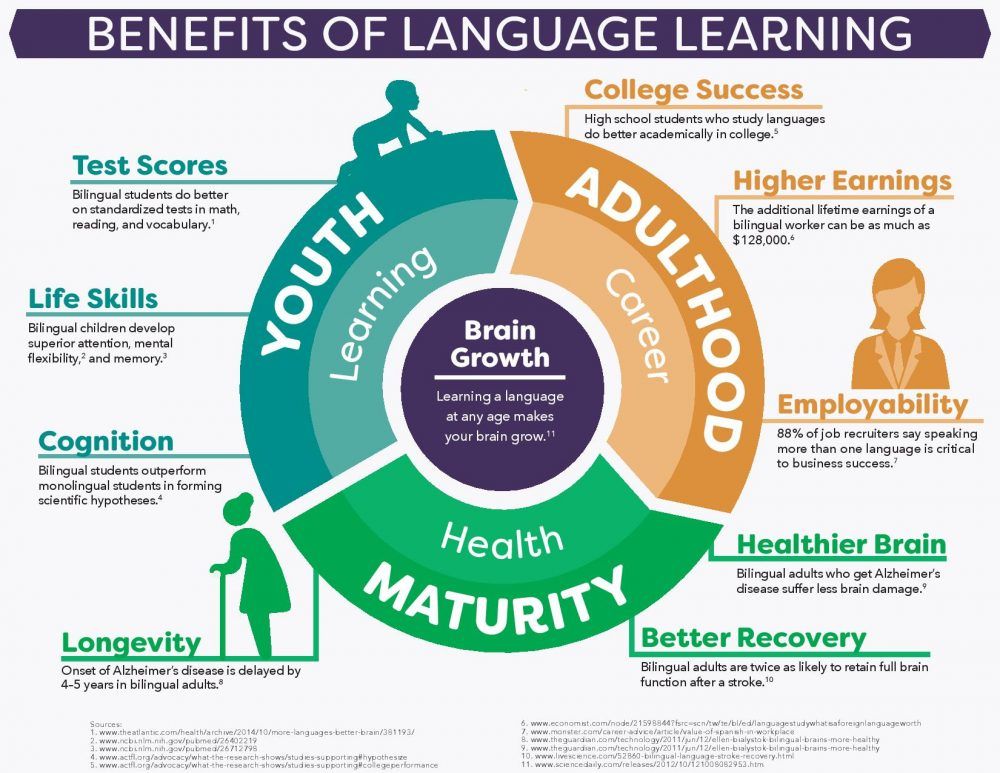
When we talk about the client's happiness, the thought immediately arises that happiness is different for everyone: someone is happy on the day of their salary, and someone at the moment of stroking their beloved cat. Of course, there is no universal happiness, but there are hormones that can generate positive emotions. Several chemicals are responsible for generating pleasure in the brain, most commonly dopamine, serotonin, and endorphins.
Dopamine is released in response to a pleasant stimulus and in anticipation of receiving it. The stimulus can be different, including sensory (for example, stand with your feet on the warm sand on the beach). Serotonin has a huge number of functions, including reducing sensitivity to pain and creating a good mood. Endorphins can also reduce pain and in large quantities even create a feeling of euphoria.
Modern neuroscience gives an idea not only about the nature of happiness, but also about what exactly can give it to us. So, scientists from John Moore University found that impulses from gentle touches on the human body go to the somatosensory cortex of the brain, as well as to areas associated with emotions. After studying the biochemistry of touch, the researchers found a population of nerve fibers that deliver hedonistic impulses to the brain. This is a whole system inside a person, aimed at getting pleasure from contact.
So, scientists from John Moore University found that impulses from gentle touches on the human body go to the somatosensory cortex of the brain, as well as to areas associated with emotions. After studying the biochemistry of touch, the researchers found a population of nerve fibers that deliver hedonistic impulses to the brain. This is a whole system inside a person, aimed at getting pleasure from contact.
Research by the same scientists at John Moores University also showed that autistic people have no need for social contacts, in large part precisely because they have impaired emotional perception of touch. This opens our eyes to the fact that biochemistry and tactility are at the heart of enjoying communication.
When we meet friends, we often don't just say "password" as a greeting. We smile, hug or shake hands. All this experience is important to us, it gives an understanding of whether this person is ours or not, whether we want to be close to this person, even if we cannot explain how it works. But for those who develop digital technologies, it's time to learn how to use it.
But for those who develop digital technologies, it's time to learn how to use it.
We are no longer surprised that the phone "recognizes" the owner not only by fingerprint, but also by face. Technology goes further: payment systems introduce the ability to pay with a smile. KFC has implemented in one of its Chinese restaurants the technology of payment using the identification of the client: he only needs to enter the phone number associated with Alipay and smile at the terminal. In Russia, the selfie payment service was developed by VisionLabs (Skolkovo resident) together with the Russian payment system SWiP.
Modern neural networks perfectly recognize faces and human speech, moreover, they generate it. Neural networks have already been trained to give phrases for a successful “tackle” on dating sites, and they are better at it than some people. It is generally accepted that people are increasingly closed in their shell. In 1986, the United States even came up with World Hug Day - just for those who lack human warmth.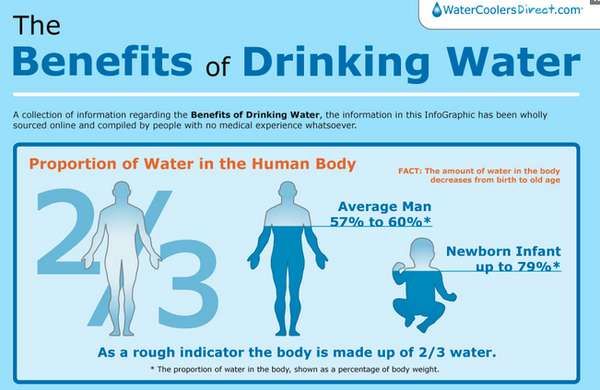 I feel that we will celebrate this day on the last day of quarantine.
I feel that we will celebrate this day on the last day of quarantine.
But what if technology could not alienate people from each other, but rather make them feel closer? Especially now, in self-isolation mode, such platforms as zoom, instant messengers unite us and do not make us feel lonely.
And what separated us before, for example, hanging on the phone during dinner, for lonely people, has become a unifying factor now.
The already mentioned Apple Watch has many tricky features, one of which allows you to send a vibration signal to the watch to another person. Not to mention remote sex toys and the ability to go to an "online theater" and experience emotions in headphones, and then share the experience with friends.
About beauty and happiness
In his TED talk, "Why Pretty Things Are Needed," Don Norman talks about three levels of emotion that the design of things can affect. These are:
Body level . We like warmth, sun, sweet taste, etc.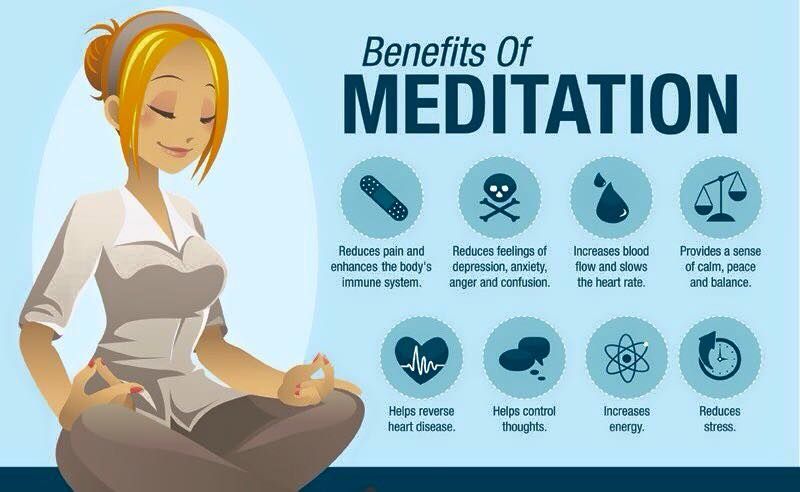 Therefore, we can buy a thing simply because it is pleasant to the touch.
Therefore, we can buy a thing simply because it is pleasant to the touch.
Behavioral level. These are such things as a feeling of control over the situation, ease of understanding, convenience. At this level, the design of the technique often works: we must see how simple and convenient it is. One button? Wonderful!
Reflective level . Benefits to the environment, a sense of security, the desire to make a good impression, image. So, we can buy a thing that is not very convenient, but environmentally friendly, and we will do it because we like the feeling of our usefulness and responsibility.
This again refers us to emotions and feelings, this approach is the opposite of the concept of Zero-design, in which there is no visual, tactile or other component, except that dictated by statistics and big data.
So why do you need something that has no functional value and does not participate in any way in the user scenario? Beauty, pleasant tactile sensations, and even smells are important for maintaining the emotional background during the user experience, and are important at the physiological level.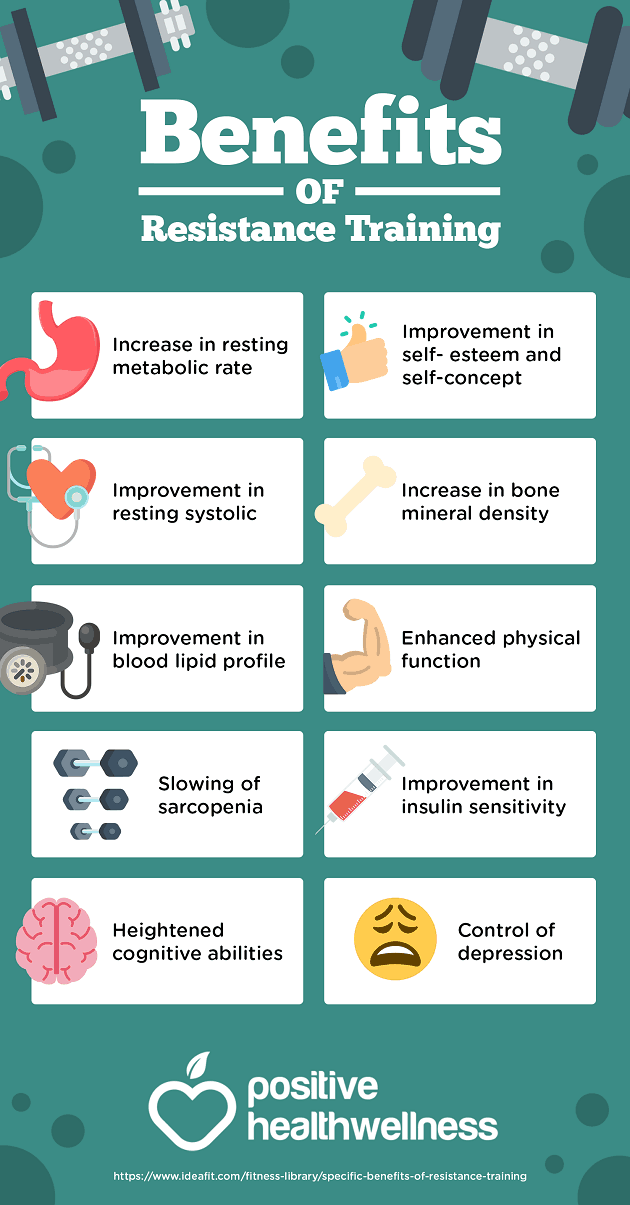
Don Norman says that if you're nervous or scared, you release a lot of neurotransmitters in your brain, and if you're happy, you release dopamine in your frontal cortex. In the first situation, you fall into a stupor and cannot complete even simple tasks, and in the second case, you go into the “think big” mode and cope with tasks more easily. Simply put, if you use something that you enjoy, you are physically doing it more efficiently. This thing helps you to solve your tasks better.
This is how the beauty and tactile features of the product become an integral part of the product and the brand. And since in parallel with this there is a digitalization of all products, all these details begin to merge with the digital environment. And here we are very close to the topic of IOT, internet of things. It is becoming increasingly difficult to find a product that is not connected or does not communicate with the digital environment. On the one hand, ordinary things turn into data sources, on the other hand, they must be sold and be desired.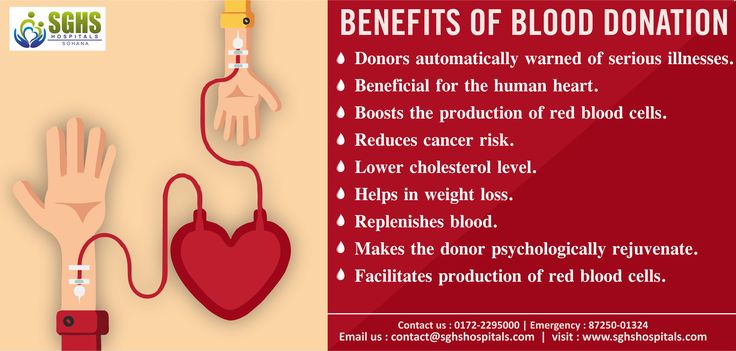
Neuromarketers are now closest to the point of this convergence. A series of studies "Coca-Cola vs. Pepsi" has become a landmark for the industry. In blind tests, consumers preferred Pepsi, and in non-blind tests, Coca-Cola consistently won. It turned out that people enjoyed the drink more just because they liked the brand. This effect is called placebo marketing.
Since this study, almost all players from the Fortune-500 list have become clients of neuromarketing companies (which once again confirms their effectiveness). In the process, the importance of neuropsychology has also increased, which develops at the intersection of neuroscience, psychology and psychophysiology.
Neuropsychologists help businesses discover important but not obvious things. For example, they give an understanding that a weighted envelope with a credit card is perceived by the client as more significant in terms of importance. which contributes to his loyalty to the bank.
At the same time, the importance of neuropsychology is still very often underestimated in business, treating it at best as something that can help make advertising more effective, without allowing it to create products or develop a strategy.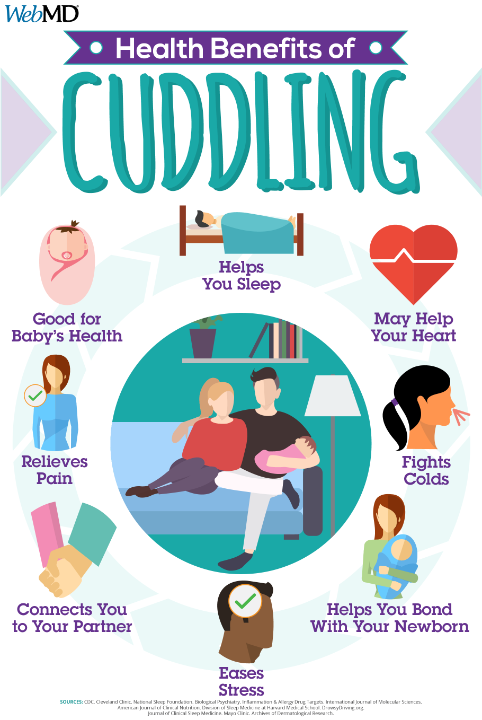 Often, a company already has a clear structure, which is not so easy to integrate a neuropsychologist into, because this restructures many well-established processes.
Often, a company already has a clear structure, which is not so easy to integrate a neuropsychologist into, because this restructures many well-established processes.
At the same time, it is not enough to order recommendations from a consulting company and implement them; it is much more important (and more difficult) to develop and maintain a new environment. To maintain this environment, many leading companies hire a team coach. Most likely, in the near future, a successful business simply will not be possible without such coaching.
And what's next?
Now those who could build a strong emotional connection with their consumer or are establishing it right now with pleasant tactile or digital bonuses and human attitude survive.
But the importance of Customer Experience continues to grow at such a pace that the CX departments will become the dominant departments in companies, and the composition of these departments will grow both qualitatively and quantitatively.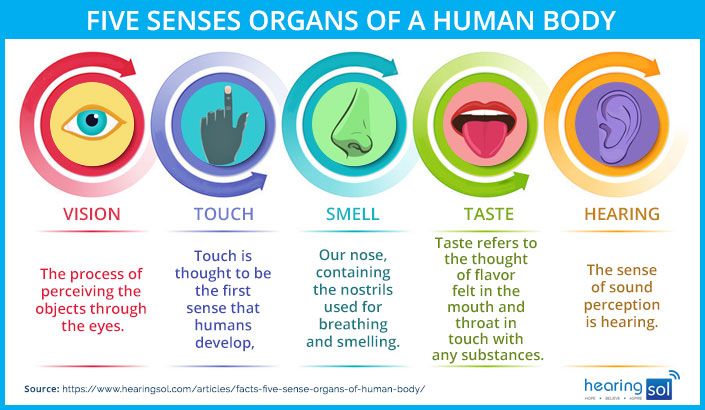 In the company of the future (and already present), neuromarketers and neuropsychologists, user behavior consultants, coaches, and even customer happiness specialists are becoming necessary. This team builds the brand, creates a successful user experience and sets the direction for development.
In the company of the future (and already present), neuromarketers and neuropsychologists, user behavior consultants, coaches, and even customer happiness specialists are becoming necessary. This team builds the brand, creates a successful user experience and sets the direction for development.
You can fantasize a lot about the company of the future: it will unite all the social networks of the world, will conduct family tours into space, print pizza on a 3D printer… there are a million options! But I think I know who will be on the board of directors: the CEO, the financial advisor, the president of Customer Experience, the Big Data analyst, the team coach, and their psychotherapist.
Human evolution through the IT revolution of the brain
Mobile phones, computers and "voice assistants" (Alexa or Siri) have long become "extensions" of humans. Today, we are on the verge of a significant breakthrough in IT evolution, which will occur due to the combination of the capabilities of human intelligence and the artificial intelligence of a computer.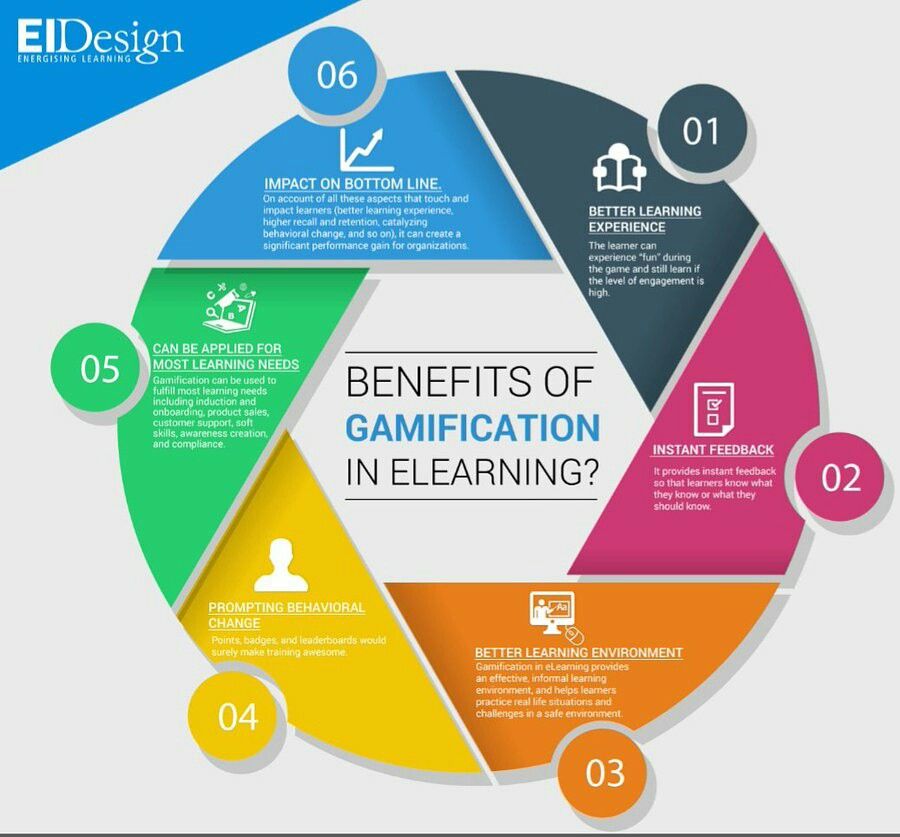
BCI Concept and Market
In the US, Battelle recently introduced a BCI system that works by collecting "residual touch" signals. For example, a patient with a deep spinal cord injury may not feel touch below a certain level on their body. At the same time, sections of the nerve fiber connecting the brain and the periphery are often still functioning. They may not be enough to give a person the sensation of full touch, but they still trigger electrical activity in the brain. Battelle's system picks up signals in the brain through an array in the motor cortex, decodes and amplifies them, and then relays sensory feedback to an area of the user's body that retains at least a minimal sense of touch.
BCI is a Brain-computer interface: a direct communication channel between the human brain and the processor that can combine the capabilities of humans and machines. The concept is quite simple - the brain is connected to a computer, which, with the help of AI, converts the impulses of neurons into control signals to perform/simulate human actions and expand their potential.
The field of neuromorphic computing is in its infancy today, but the technology is gaining momentum. If all technical problems are resolved in the next few years, then, according to analysts, the global market for neuromorphic computing can grow to $3.7 billion by 2023 and $21.3 billion in 2034.
Three paths for technology
The modern classification of BCI devices divides them into three main groups:
- invasive BCI - probes or chips implanted directly into the brain;
- partially invasive solutions - a probe or chip is embedded in the skull, but not in the brain itself;
- are non-invasive: they involve direct contact of the device with the human body without being implanted into it (for example, in the format of a helmet, headset, etc.).
Technology is advancing: people today can move virtual objects with "mind power" even using a non-invasive BCI probe. BCI devices are getting smaller, sometimes almost invisible, and every year more and more suitable for everyday wear by people.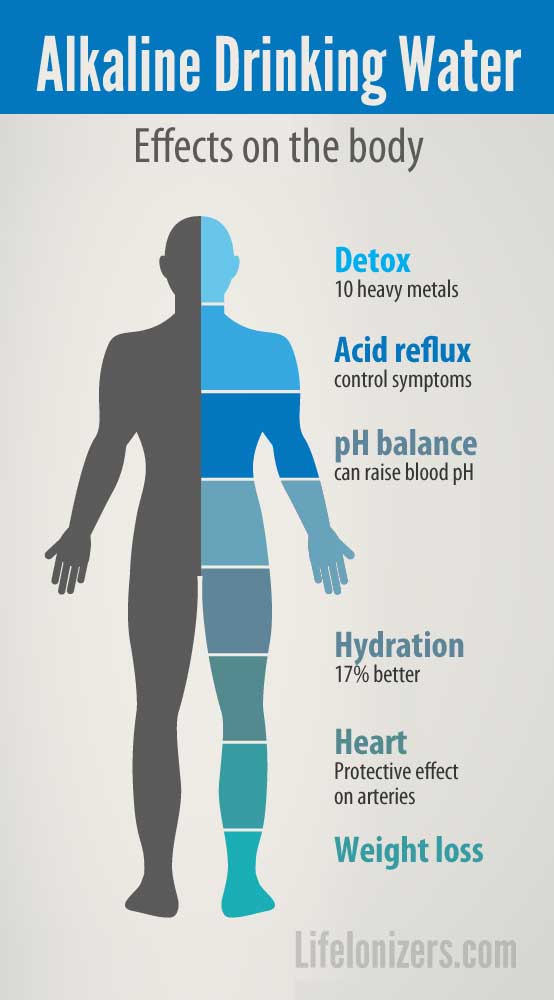
At the moment BCI is not yet able to "read minds" to its full extent. Although in general, this is exactly the direction in which the technology is developing. BCI solutions today can convert brain activity (electrical impulses) into signals that software recognizes as commands. This means that brain activity can be measured and interpreted. That is, we can talk about reading thoughts-commands, for example, to control some device. When we think, the brain transmits a series of electrical impulses to the body. Capturing such signals is nothing new: Doctors already monitor electrical activity in the brain with EEG (electroencephalography) and in muscles with EMG (electromyography).
However, BCI solutions have the ability to amplify signals using AI capabilities, making the technology a promising tool for the rehabilitation of people with significant motor impairment or diseases associated with neuromuscular disorders. With the help of BCI solutions, you can also interact with a computer and use it in everyday life for communication or leisure.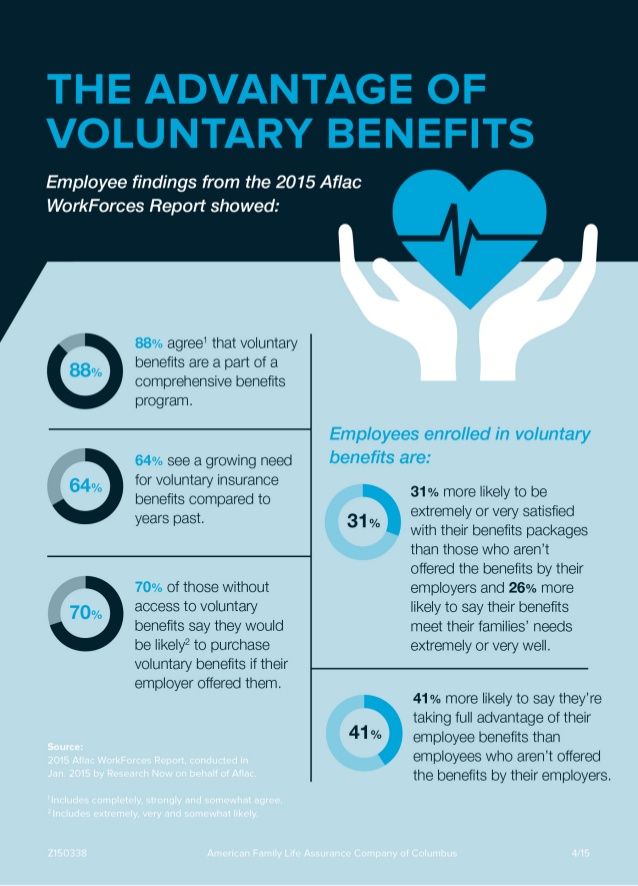 For example, Elon Musk's project Neuralink is developing a solution for delivering an audio signal to the human brain without traditional headphones using a BCI solution.
For example, Elon Musk's project Neuralink is developing a solution for delivering an audio signal to the human brain without traditional headphones using a BCI solution.
The Healing Brain
Technology is the key to a new stage of evolution - to help the growing number of people with disabilities achieve a decent quality of life. Most BCI systems aimed at restoring touch are based on the implantation of an electrode array in the upper layer of the brain - the cortex. The electrode array can record signals from the brain, which are transmitted via a wired connection to software with self-learning functionality. The software decodes the signals and transmits them along the peripheral nerves, stimulating the muscles to move.
The solution also works in the opposite direction - the feeling of touch is captured from a human or electronic hand and fed back to the brain in the form of a series of electrical impulses that people perceive as sensations.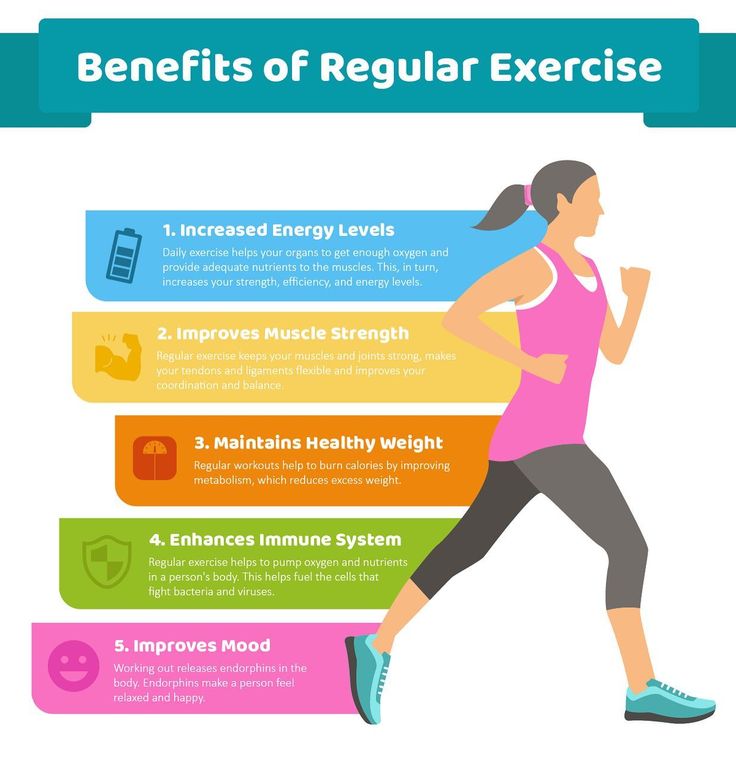 Restoring tactile function can not only help restore movement; it can also rewire the brains of people who have lost a limb. It is known that people who have lost limbs can experience a phenomenon called "phantom pain", for example, a person has pain in an arm that he previously lost. When installing a mechanical arm with the function of communication with the brain via the BCI interface, its operation is reconfigured; the pain may subside or go away completely.
Restoring tactile function can not only help restore movement; it can also rewire the brains of people who have lost a limb. It is known that people who have lost limbs can experience a phenomenon called "phantom pain", for example, a person has pain in an arm that he previously lost. When installing a mechanical arm with the function of communication with the brain via the BCI interface, its operation is reconfigured; the pain may subside or go away completely.
New life
In addition to healthcare applications, BCI can be used for CMT (telecommunications, media and technology), smart home applications, such as controlling smart home systems or home appliances through the BCI interface. Technology is also making it possible to develop the functionality of devices and applications for managing office tasks and processes, and in an entertainment perspective, for video games and education, such as playing musical instruments.
In the consumer sector, BCI can be used in marketing and product testing due to the technology's ability to improve emotion recognition tools by matching facial expressions and brain electrical impulses when displaying images of an advertising campaign for a specific product line.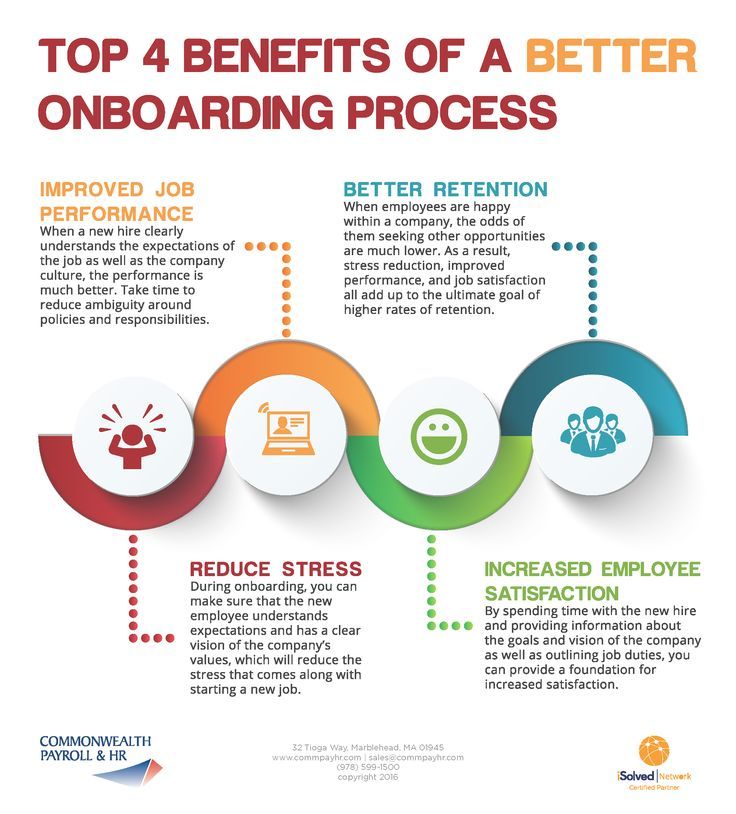 In the automotive industry, for driving safety applications. Nissan, for example, has a Brain-to-Vehicle (B2V) initiative - a driver's BCI helmet that speeds up reaction time to traffic events.
In the automotive industry, for driving safety applications. Nissan, for example, has a Brain-to-Vehicle (B2V) initiative - a driver's BCI helmet that speeds up reaction time to traffic events.
Even in the field of financial services, BCI technologies can find application: for example, to create and use the so-called "brain password" - each person has an individual "brain code" that can be used as an access key to an online banking personal account.
The future of the future
BCI technology is evolving rapidly; meanwhile, experts consider ethical considerations, data confidentiality, lack of regulation and standards to be the most problematic aspects of their mass use. The use of BCI has not yet encountered obstacles, mainly in the medical field. According to an Accenture study, a third of respondents are willing to transplant an invasive BCI implant into the brain to improve their health, if this will restore limb mobility or normal functioning of the senses.